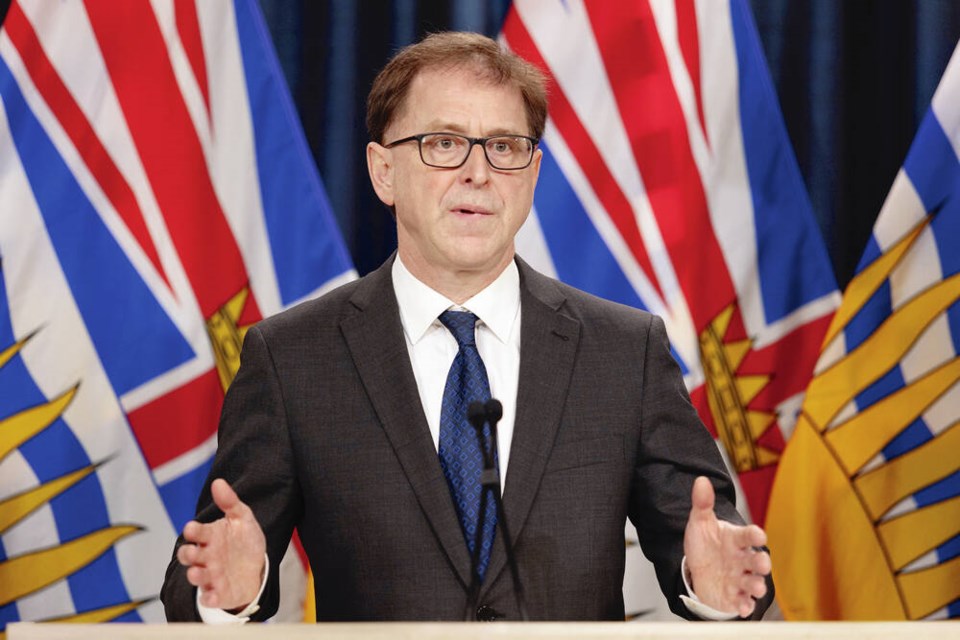After a $10-million free air conditioner program was announced Tuesday by the province, some observers questioned the costs of delivering 8,000 air conditioners at an average of $1,250 per unit.
That’s much higher than the $300-to-$500 price tag for a portable air conditioner, the pricier of which can cool a room the size of some small apartments.
In response to questions, B.C. Health Ministry officials said the program being rolled out over three years includes the cost of installing the air conditioners.
“B.C. Hydro will work with a contractor to assess electrical requirements, air conditioner placement, installation and training on how to use the air conditioner for residents,” the Health Ministry said in an email from public affairs officer Chelsea Falconer.
The ministry said B.C. Hydro can install the portable air conditioners in single family detached homes, duplexes, townhomes, manufactured/mobile homes, rental units and condos.
Provincial officials said there are several factors that influence the timing of installation, including electrical assessment, improvements to wiring, landlord/strata approval and occupant availability to provide access to the home.
The province said B.C. Hydro plans to offer the program throughout the year, where a home can be readied even in the fall and winter months, and if necessary, make a return visit to install air conditioning units closer to summer.
South of the border, Oregon state requires landlords to allow most types of air conditioners in rental units and prohibits blanket bans. Tenants still face limits, including being liable for injuries or damages from devices they install.
No such requirements are in place in B.C.
Washington state offers US$500 “hardship” money for increased electricity bills to operate air conditioners. B.C. has no such program.
Those seeking to qualify for a free air conditioner can apply and access information here through B.C. Hydro, which is delivering the program.
Announced two years after a deadly heat dome killed 619 people, the program is meant to provide cooling to people with low incomes and those who are medically vulnerable to heat. The program was announced Tuesday and B.C. Health Minister Adrian Dix said it was proceeding immediately.
B.C. Hydro spokeswoman Susie Rieder said people with questions about the program or wishing to apply can also phone a Hydro customer service number at 1-800-224-9376.
For a single person to be eligible for the free air conditioner, their income must be no higher than $38,200 before taxes. For a household of four, the income cutoff is $71,000.
The B.C. government program comes seven months after the province missed a deadline to deliver a review on creating such an initiative. It also comes well behind efforts south of the border, where Washington state, Oregon and local governments in the Western U.S. expect to have delivered at least 23,000 air-cooling units to those most at risk this year in response to the deadly 2021 heat dome.
While some activists and community organizers have welcomed the program, others say it’s not enough.
The B.C. Poverty Reduction Coalition said: “Glad to see the B.C. government take steps towards mitigating heat for people made vulnerable — but this is clearly inadequate for the need. Hundreds of thousands of people in B.C. experience poverty. This must be part of a wider suite of measures to keep people safe in heat.”
A B.C. coroner’s review of the 2021 heat dome, where temperatures hit the high 40 C range in some regions, found that nearly all 619 deaths occurred indoors and where at least two-thirds of residences had no air conditioning. Those who died were older, had health and mental-health conditions, and lived in socially or materially deprived neighbourhoods.



